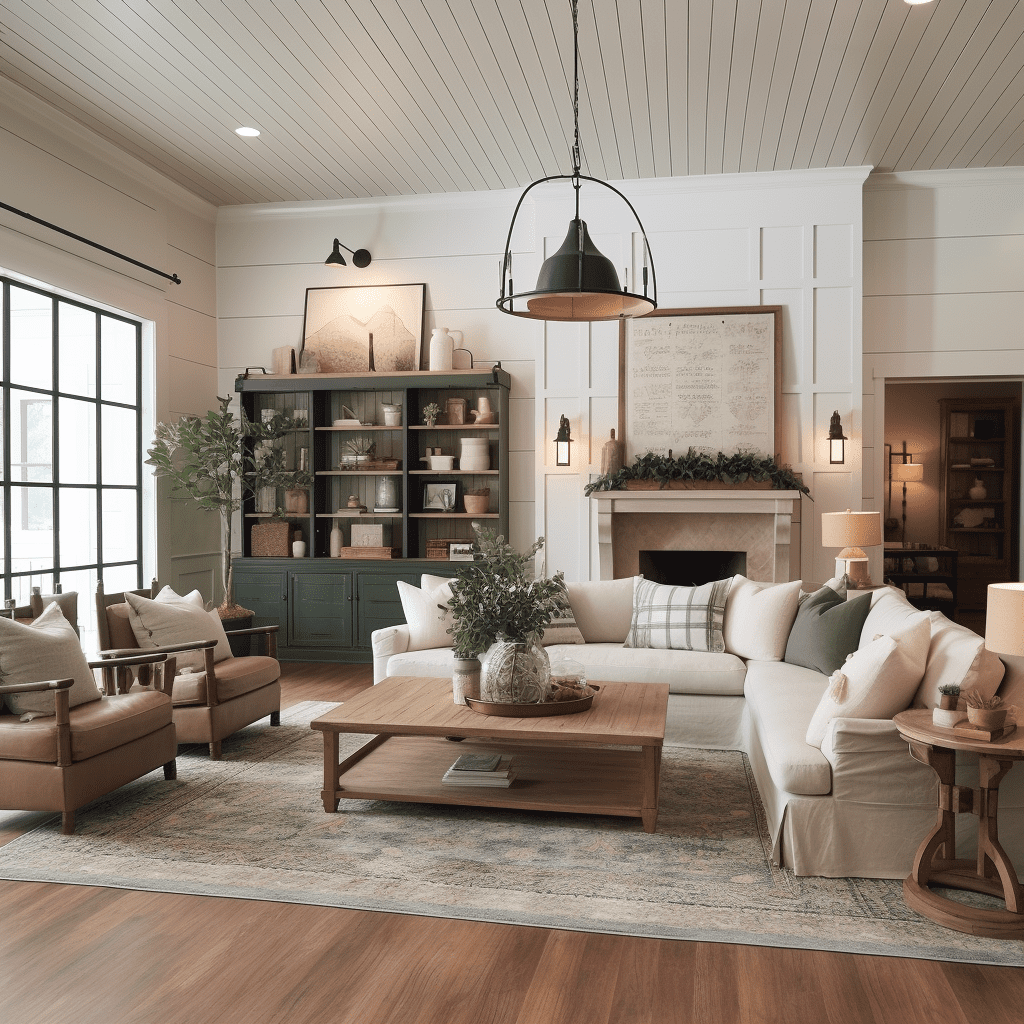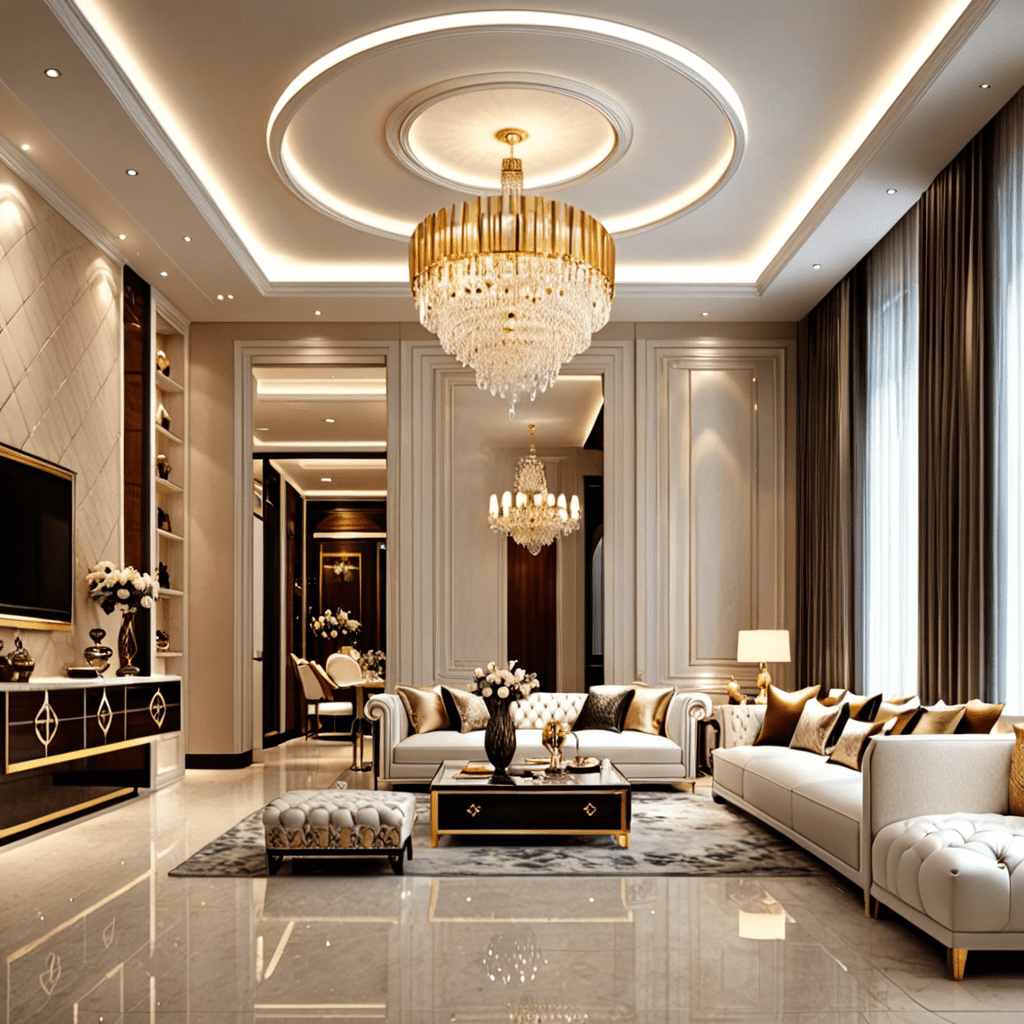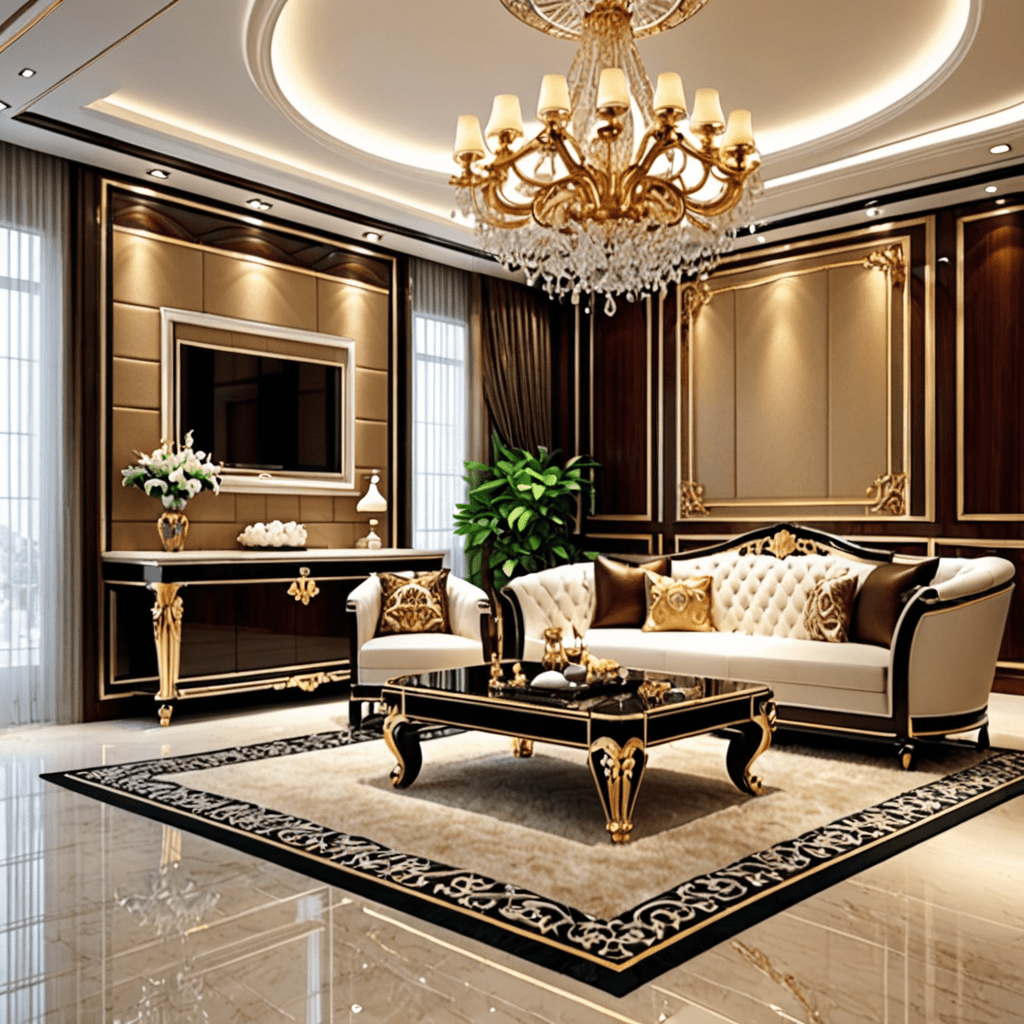Unveiling the Timeless Elegance of Tudor Interior Design


Unveiling the Timeless Elegance of Tudor Interior Design
Charming, elegant, and rooted in history, Tudor interior design brings a sense of timeless beauty to any home. Inspired by the Tudor architectural style that emerged during the late 15th century in England, this design approach emphasizes intricate details, rich colors, and a harmonious blend of materials. Whether you’re a history enthusiast or simply drawn to its unique aesthetic, let’s explore the key elements that define Tudor interior design and how you can incorporate them into your own space.
1. The Influence of Tudor Architecture
Tudor interior design draws inspiration from the architectural style of the same name, which reached its peak during the Tudor dynasty in England. Characterized by steeply pitched roofs, decorative half-timbered exteriors, and large stone chimneys, the influence of Tudor architecture is evident in the interior design choices of this era. Exposed wooden beams, mullioned windows, and intricate stone fireplaces are just a few of the architectural elements that make Tudor interiors stand out.
2. Cozy and Warm Color Palette
When it comes to color palettes, Tudor interior design typically leans towards warm and earthy tones. Rich hues such as deep reds, mossy greens, golden browns, and warm neutrals like cream and beige dominate the color scheme. These colors evoke a sense of warmth and coziness, creating a welcoming ambiance in the space. Consider incorporating these colors through wall paint, upholstery, draperies, or even in intricate tapestries and rugs.
3. Ornate Woodwork and Paneling
One of the most distinctive features of Tudor interior design is the intricate woodwork and paneling. Dark-stained oak is often the wood of choice, featuring heavily carved designs and decorative patterns. The paneling can extend from floor to ceiling, encompassing walls, ceilings, and even doors. This detailing adds depth and texture to the space, elevating its visual appeal and creating an air of sophistication.
4. Focus on Texture and Fabrics
Texture plays a crucial role in Tudor interior design, adding visual interest and depth to the space. Incorporate various textures through upholstery, drapery, rugs, and decorative textiles. Velvet, tapestry, and brocade fabrics are commonly used to evoke a sense of luxury and opulence. Incorporating elements like ornate tassels, fringe, and trims further enhance the overall Tudor aesthetic.
5. Statement Furniture Pieces
To fully embrace the elegance of Tudor interior design, invest in statement furniture pieces that exude a sense of grandeur. Look for ornate antique furniture with intricate carvings, curved lines, and rich upholstery. Canopy beds, sturdy wooden dining tables, and intricately designed chairs are excellent choices to anchor the space. When selecting furniture, focus on quality craftsmanship to ensure longevity and authenticity.
6. Ambient Lighting and Fireplace Focal Point
Lighting has a significant impact on the ambiance of any space, and Tudor interior design is no exception. Embrace warm and soft lighting options to create a cozy and inviting atmosphere. Consider using chandeliers with candle-style bulbs, wall sconces, and table lamps with warm-colored shades. Additionally, a fireplace serves as a focal point in Tudor interiors, providing both warmth and visual appeal. Decorate the fireplace mantel with antique trinkets, framed artwork, or decorative plates to enhance its charm.
FAQ: Common Questions About Tudor Interior Design
Q: Can Tudor interior design be incorporated into a modern home?
A: Yes, Tudor interior design elements can be seamlessly incorporated into a modern home. Focus on selecting key elements such as exposed wooden beams, ornate paneling, or incorporating Tudor-inspired furniture pieces to achieve a fusion of styles.
Q: What flooring options work well in Tudor interior design?
A: Traditional Tudor interior design often features materials like stone, brick, or wood. Consider stone or ceramic tile flooring in hallways or entryways, while hardwood flooring in warm shades like oak or walnut can complement the overall aesthetic in living areas or bedrooms.
Q: How can I achieve a Tudor-inspired color palette if I prefer lighter colors?
A: While warmer tones are traditionally associated with Tudor interior design, you can still capture the essence of the style by using lighter shades. Opt for lighter versions of the warm hues, such as blush pink, pale green, or soft beige. Incorporate these colors through accessories and textiles while keeping the overall ambiance cozy and inviting.
Q: Are there any specific decor items that are synonymous with Tudor interior design?
A: Some decor items that commonly feature in Tudor interior design are heraldic motifs, tapestries depicting historical scenes, framed portraits, ornate mirrors, decorative swords, and antique furniture pieces. These items serve as reminders of the style’s historical roots and can add a touch of authenticity to your space.
Q: Does Tudor interior design only work in large spaces?
A: While Tudor interior design can be showcased beautifully in larger spaces, it can also work well in smaller areas. By incorporating key elements such as ornate woodwork, warm colors, and carefully selected furniture pieces, you can create a cozy Tudor-inspired ambiance, even in smaller rooms.
Q: Can I mix Tudor interior design with other design styles?
A: Yes, Tudor interior design can be mixed with other design styles to create a unique and personalized look. For example, blending Tudor elements with rustic, industrial, or modern design can result in a stunning fusion. The key is to find a balance that allows each style to shine without overwhelming the overall aesthetic.
In conclusion, Tudor interior design is a captivating style that seamlessly merges historical charm and timeless elegance. By incorporating key elements like ornate woodwork, warm colors, rich textures, and statement furniture pieces, you can create a space that exudes a sense of grandeur and sophistication. Whether you choose to fully embrace the Tudor aesthetic or blend it with other design styles, let the elegance of this timeless design approach transform your home into a true sanctuary.



